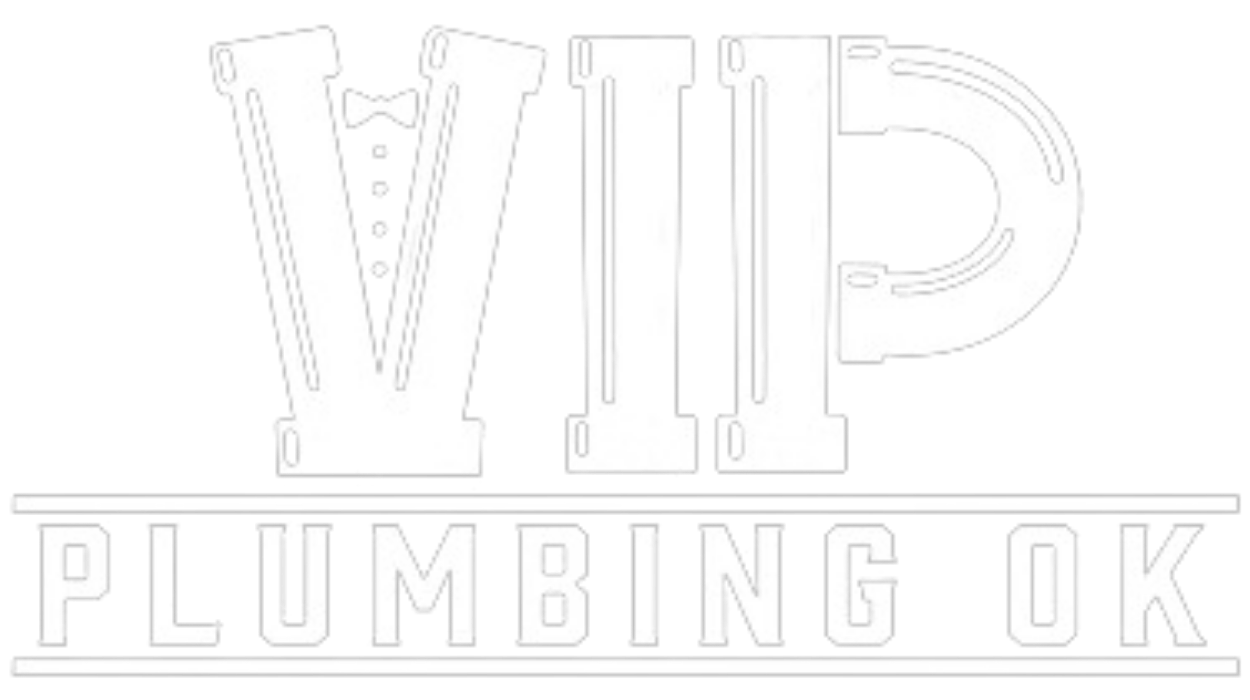Home plumbing systems are straightforward configurations made up of pipes, valves, and plumbing fixtures that bring in freshwater while simultaneously removing wastewater. Understanding the basics of your plumbing system will help you avoid costly mistakes and develop good practices that will keep your plumbing system operating at maximum efficiency.
We will be taking a closer look at the water delivery and distribution process as well as the details of how wastewater is eliminated from your home using a combination of drain pipes, drain traps, and drain vents. We will discuss common problems found in plumbing systems and discuss ways to fix them and prevent them from occurring. Finally, we will emphasize the importance of ongoing preventative maintenance.
Water Delivery And Distribution
The water delivery portion of your plumbing is made of a series of pipes that bring water from the city water supply or a private well into your home. This system is dependent on pressure to move the water to every part of your home. Water enters through the water main and connects to your water meter which monitors and records the amount of water being used. Beyond the meter is a water shut-off valve used to completely stop the flow of water during a plumbing emergency or when a repair is needed. Once the water passes by the shutoff some of it is distributed to the fixtures and appliances that use cold water while the rest is sent to the water heater. Here the water is heated and distributed.
The Drainage System
The drainage system is composed of drain pipes and sewer lines used to remove liquid and solid waste products using gravitational force. The system is made up of three parts: the drain pipes, drain traps, and drain vents.
The pipes are large pipes made of various materials that are large enough to accommodate waste materials easily.
Drain traps, also known as P-traps, are attached to the drains and hold small amounts of water to prevent the backflow of sewage as well as sewer gases from entering your home. Drain traps are also beneficial in catching hair and other unwanted items from flowing further down the drain creating potential clogs.
Removing gases and odors as well as pressure balancing your plumbing system is the job of your drain vents. Vents allow drains to drain and toilets the pressure they require to empty.
Once waste material exits your drains it is released into the sewer line which is tied into the public sewer system or to a private septic tank on your property.
Common Plumbing Problems You May Encounter
Plumbing systems are built to last but there are some common issues of which you should be aware.
Leaking is the most dangerous and hazardous of all plumbing problems as those that go undetected can create serious health issues or damage to your home. Keeping an eye out for obvious drips and leaks can be beneficial as can identifying symptoms of hidden leaks. Things such as hearing running water when none is in use, higher than expected water bills, and stained walls and ceilings all indicate a possible hidden leak. It is important to locate and fix leaks quickly before they become plumbing emergencies.
Clogs are another common plumbing problem caused by poor disposal habits in both the kitchen and bath. Learning the proper disposal habits can keep your drains clear but if problems arise a simple plunging or snaking is often all that is needed. If clogs persist call in the professionals.
Hard water is the root of many plumbing issues as hard water contains harmful minerals that can block pipes restricting water flow. Low Water pressure can be remedied by the installation of a water softener that removes these minerals and the damages they provoke.
Maintenance Is Key
The best defense against home [lumbing issues is preventative maintenance. Take measures to protect pipes and install screens on drains to stop unwanted items from entering. Check vent pipes regularly to prevent blockages and to ensure a free-flowing system. Hiring a professional plumber to inspect your plumbing is important as they have the expertise to recognize and repair issues as they crop up. They understand the complexities of plumbing systems and how to prevent emergencies such as sewer backups and burst pipes from occurring in the first place.
Conclusion
Understanding the basics of water distribution and waste removal will help you deal with plumbing issues as they arise. This information will be beneficial since you will know in advance when it is appropriate to call for professional help. With a little education and the practice of healthy habits, your plumbing system has the potential to last for a very long time.

